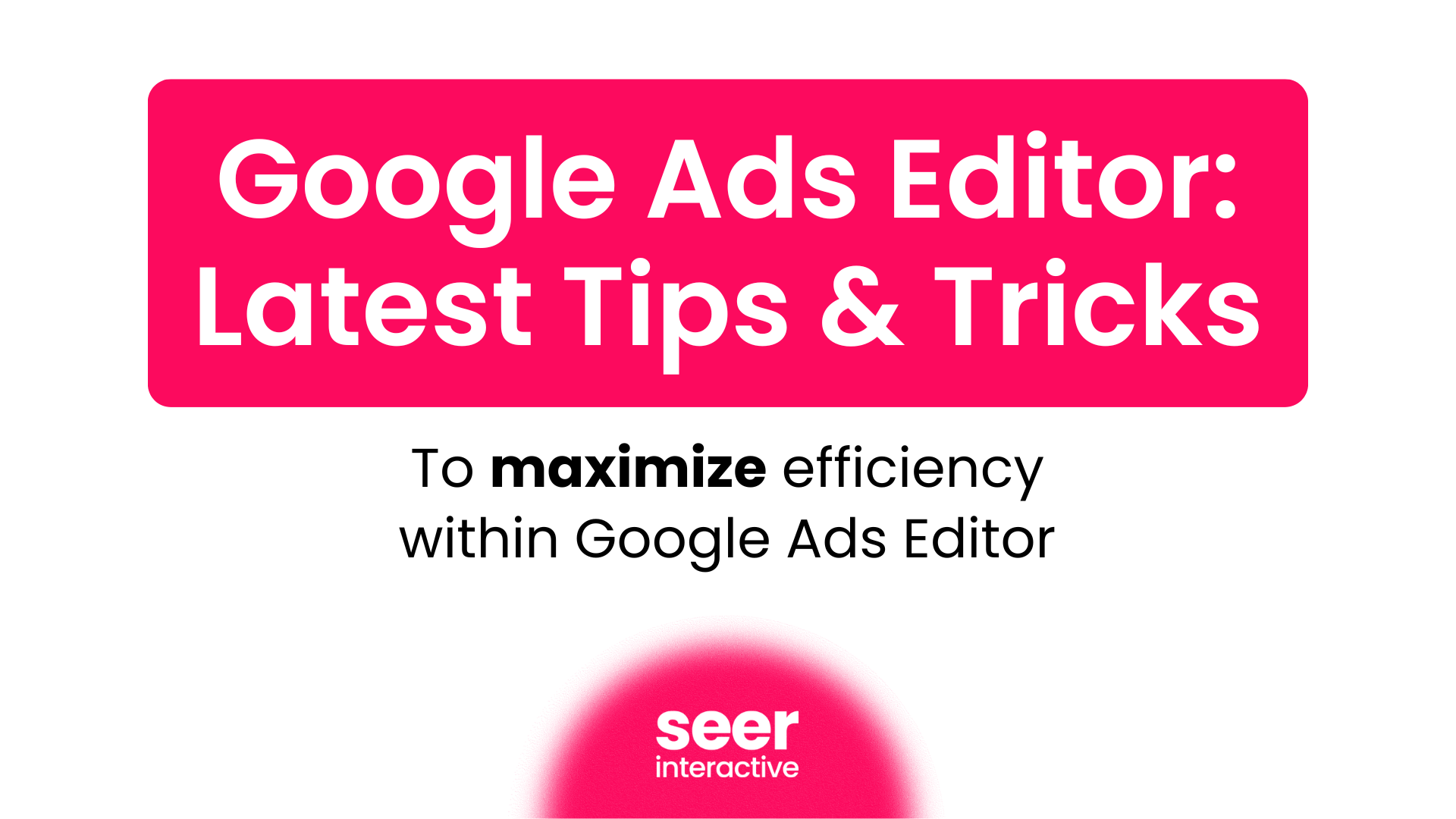Contributing Authors:
Brittani Hunsaker, Brittany Sager, Kurtis Nysmith, Rose Neukam
In this blog post, we'll dive into some handy tips and tricks for troubleshooting those pesky performance hiccups and fluctuations in your paid media campaigns, helping you keep everything running smoothly and your clients happy.
When to Use This Troubleshooting Guide?
If you’ve ever faced sudden dips or unexpected spikes in your digital marketing campaigns, this blog post is for you. Whether you’re managing Google Ads, Facebook campaigns, or any other platform, performance issues can be a real headache, especially when clients are concerned about their investment.
For instance, you might notice performance discrepancies when comparing year-over-year or month-over-month data, or perhaps you're struggling to meet the ambitious goals set by your clients. These scenarios can be frustrating, but with the right approach, you can identify the root causes and make the necessary adjustments.
We’ll walk you through practical steps and insights to troubleshoot and resolve these anomalies, ensuring you can address client concerns confidently and keep your campaigns on track.
Areas to Investigate
1. Check the Basics
Inspect Conversion Tracking
-
Inspect conversion tracking data for any breaks or inconsistencies by testing conversion tracking and ensure everything is firing correctly.
- Perform test conversions to verify conversion tracking accuracy.
[TIP] If your client handles conversion tracking, connect with them to see if there have been any changes on their end.
Compare Overall Performance
-
Verify if the anomaly is present in overall site performance or solely affects the channel in question.
[TIP] Communicate with the client to understand if they see similar anomalies in their back-end data, email channels, or organic traffic.
2. Consider External Factors
Look Into External Trends
-
Check for outside influences that could be affecting performance and determine if it's due to industry trends, site issues, seasonality, or other external factors.
- Always step back and consider the bigger picture and all potential external and internal factors influencing performance.
[TIP] Consider external influences such as tax season, elections, and other market conditions that could affect user behavior.
Analyze the Competitive Landscape
-
Analyze search impression share and competitive behavior.
-
Check for increased competitor aggression or new competitors entering the market.
- For example, competitors bidding on the same keywords can drive up costs per click (CPC) and reduce ad visibility.
Consider Platform Interdependencies
- Consider changes in other platforms that might have a halo effect.
- For example, pausing campaigns on one platform (e.g., Meta) due to a fraud concern can impact performance on others (e.g., lower visits in Direct or Paid Search).
3. Drill Down
Identify Recent Changes
-
Examine recent changes applied to the account and on the website.
[TIP] Communicate with internal or external teams to identify any possible changes that could have created a shift in performance.
- An example of a recent change could be a paid search account restructure and that could result in several possible changes:
- Keyword Visibility: Check if top-performing keywords are getting less budget or visibility post-restructure.
- Budget Allocation: Ensure the budget isn’t being cannibalized by underperforming keywords.
- Match Type Issues: Investigate if changes in match type are affecting performance.
- Audience Targeting: Review adjustments in audience targeting and negative keywords.
- Broad Match Changes: Check if broad match changes are driving down click-through rates.
- Creative Changes: Assess if new creative assets are resonating with the audience.
Factor in Spend and Costs
- If you’re looking at specific performance compared to a previous period, compare investment distribution across different parts of the funnel, campaigns, or product categories.
[TIP] Account for annual increases in costs as rising costs in paid advertising can lead to effects such as decreased ROI, budget constraints, and heightened competitive pressure.
Seasonal Effects
-
Evaluate whether there is a seasonality component affecting demand or performance on the platform.
- An example of seasonality affecting a Facebook campaign could be a clothing retailer experiencing increased engagement and conversions for shorts and t-shirt advertisements during the spring and summer months, while seeing a decline in performance during the fall and winter seasons.
Dive into the Data
-
Focus on the largest data anomalies and note trends along the way until you identify clear outliers.
- Identify the performance metric that decreased (e.g., leads, revenue, conversions) and find the driving KPIs affecting these metrics (e.g., conversion rate, spend).
- Example: If leads are a specific concern, assess lead decreases and focus on digging into specific channel performance.
[TIP] Look for specific segment spikes (e.g., network, device, location, keyword, search term competition).
Move onto Troubleshooting
Now you have a list that will help your path to green in identifying performance anomalies that you and your client may be facing.
To wrap it up, troubleshooting performance hiccups in digital marketing campaigns involves a mix of tactics. You've got to dive into the data, keep tabs on what your competitors are doing, and chat with your clients to get the full picture.
Paying attention to trends and being willing to adapt your strategies as needed are also crucial. By staying proactive and flexible, you can tackle any issues that pop up and keep your campaigns on track for success.
[TIP] While there may be other factors at play beyond the ones listed, keeping these steps in mind will certainly help steer you in the right direction when troubleshooting performance anomalies in your digital marketing campaigns.
Do you need help identifying performance issues? Contact us and we can run an audit for you.


